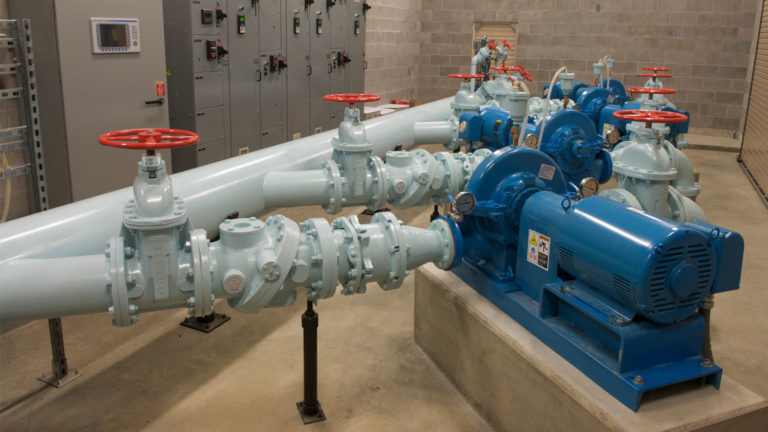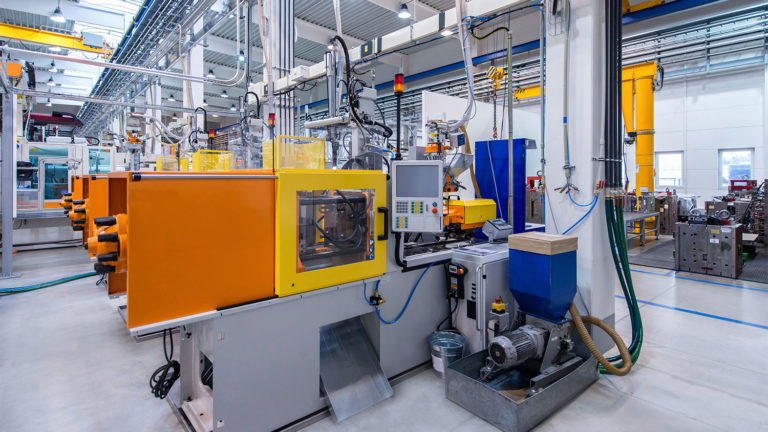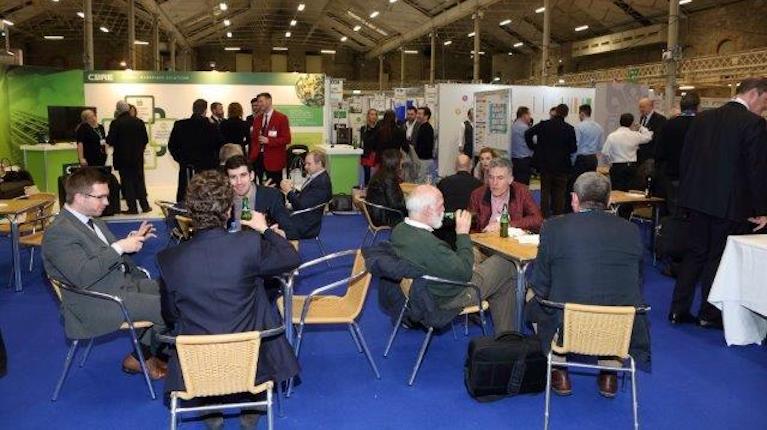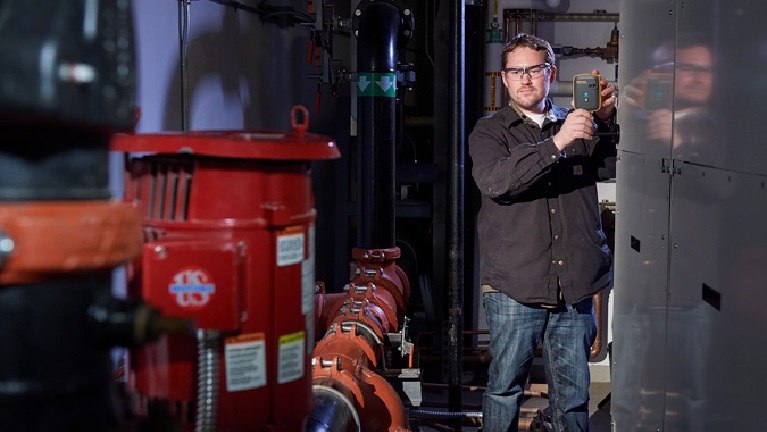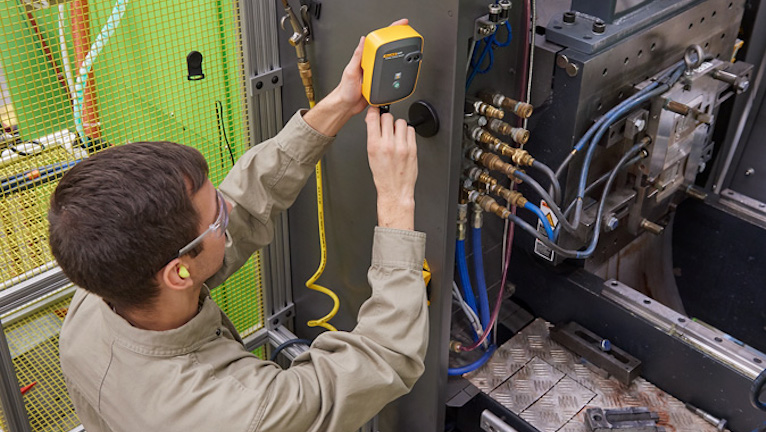Pure Environmental wins with wireless temperature sensors
Pure Environmental uses thermal remediation to eliminate bed bugs in residential units. With the main office in Harrisonburg, Virginia, the company operates branches in Virginia, Maryland, Oregon, Washington and Canada.
Due to increased international travel and a lack of education in bed bug prevention, the demand for treatments is increasing. According to Mike Parker, the Washington Area Manager for Pure Environmental, buyer demographics are also shifting from the elderly to millennials.
Heat treatment for bed bugs is relatively new, with service providers first appearing around 2010. In addition, research suggests that heat is a more successful treatment for bed bugs than traditional chemicals. According to Parker, while this preference for heat over chemical treatments is still in the early stages, it’s a trend that’s catching on.
When treating apartments or other buildings with installed sprinkler systems, Pure Environmental must monitor temperatures frequently.
“We’re running some high temps — between 145 and 155 Fahrenheit — which is warm enough to kill bugs in all stages of life, but not hot enough to damage most things,” Parker said. “But one of the things we can damage is sprinkler heads.”
Parker’s crews use specially designed covers to mitigate the sprinkler head problem. But they must go in every 30 minutes, take the temperature on each sprinkler head and log it until the treatment process is complete.
Recently, Parker’s branch treated an entire building consisting of six floors. “We use two-man crews for safety, assigning two techs per two units,” reported Parker. “Because of that, we had to schedule 12 technicians on the site.”
Accurate record keeping required
Sometimes, damages occur during the treatment process. Pure Environmental needs clear and accurate records to prove that temperatures weren’t high enough at any point to damage valuables, such as a television. Some larger clients are also beginning to request detailed records.
“The room is full of heat,” Parker explained. “Being able to prove that the job was done the way that we said it was can help a great deal in a dispute or legal case.”
Condition monitoring saves on labor costs
In 2017, Parker talked to distributers about wireless temperature data logging. “We were actively looking for something that would fit this need,” he reported. “We knew that there were labor savings to be had.”

After exploring his options, Parker decided to implement a condition monitoring system in his facility. This technology used temperature sensors for real-time remote measurements, two network gateways and access to the condition monitoring software.
The gateway was configured to stream measurement data from the sensors to the cloud-based condition monitoring software across a 4G wireless network. Accessing the cloud-based monitoring software enabled real-time, remote monitoring of the sensors from Pure Environmental’s mobile devices.
The system collects and saves measurements directly from each sensor location and associates it with a job. The software also displays baseline, historical and current measurements by sensor. A data export option adds utility.
Sensor setup and condition monitoring
For each two-man crew on a job, one person carried in and set up the temperature sensors, fans, ductwork and other equipment. The other turned it all on. Typically, this process took 20 to 30 minutes from start to finish.
At the beginning of each treatment session, technicians:
- Created a job through the condition monitoring software mobile app
- Named an asset group. For example: “House #1”
- Named specific assets or locations, such as “Furnace Out” and “Sprinkler Head”
- Assigned sensors to each one of those assets or locations
Pure Environmental ran the condition monitoring system daily for one month on bed bug remediation jobs totaling 75 residential units. Technicians easily checked sensors on their mobile devices as needed without entering the units.
“We monitored the furnace output temperature, sprinkler heads, ambient room temperature and key surfaces that were likely to have the biggest infestations,” Parker explained. “I could verify the temps myself online, so I was able to check in on them without having to call.”
Streamlined condition monitoring
Using the condition monitoring system, Pure Environmental replaced its manual temperature log with a wireless one-step measurement transfer for the duration of the test. Parker also shared traceable measurement data with customers using printouts and emails.
About two days each week, Parker’s technicians treated multiple units concurrently. The sensors allowed teams to cover more units because they had the temperature readings readily available.
“I can just look at a phone to see what those temperatures are running in real time,” he confirmed. “That allows my manpower to be better utilized because they check less often and easily move the sensors from one location to another.”

Labor reduction by 45% means the ability to take on larger jobs
Based on the results of the one-month test, Parker calculates that using the condition monitoring system to check temperatures and broadcast sensor data to technicians reduces the manpower required to perform bed bug treatments by 45%.
“If I have just two temperature readings — Furnace Out and Sprinkler Head — I’m already saving time,” related Parker. “Those two make it 30% easier, and the other sensors put me at 45%. Saving on manpower is money, and I think we accomplished that.”
Parker also said he saw even more labor savings in using the system on larger jobs (40 units or more), given that he has enough sensors and gateways on hand.
“What I find incredibly attractive about this system is that I could take that job and have one or two guys to a floor, as opposed to two for every two units,” he explained. “That might cut the manpower required by two-thirds or more, even 75%.”
Public housing agency proves performance
Pure Environmental often performs treatments for a Washington public housing agency. These large housing complexes cover several city blocks. The agency used printed data from the condition monitoring software to support its treatment records and is currently evaluating the option to receive exported data.
“A computer printout from sensors is much stronger than handwritten notes as a legal document,” Parker said. “It limits their liability and proves that they’re taking care of the problems that are being reported.”
Reduced liability
Traceable data from the cloud-based condition monitoring system also becomes a valuable record for Pure Environmental if damage from a heat treatment session is claimed.
“It clearly shows that we weren’t hot enough at any point in time to damage personal property,” Parker said. “I have a graph that shows me the temperature curve for each sensor. That’s all I need.”
“Detailed documentation is one of its greatest strengths,” he added. “We have data on all the units instead of just a handwritten log. That’s proof that the job was done the way we said it was done.”
Tools for growth
As the market for bed bug heat treatment expands, Parker sees the condition monitoring system as an important tool to increase efficiency and grow the business.
“The big issue for bed bug treatments is the cost,” Parker concluded. “Reducing our labor costs will make our services more affordable for a large segment of the market. I’m excited that we found [this] ready-to-use sensor technology.”

